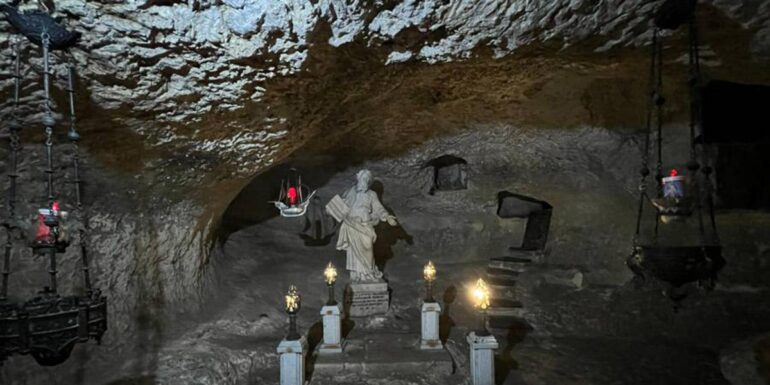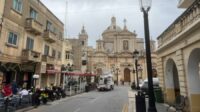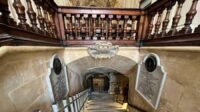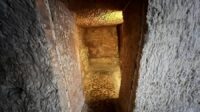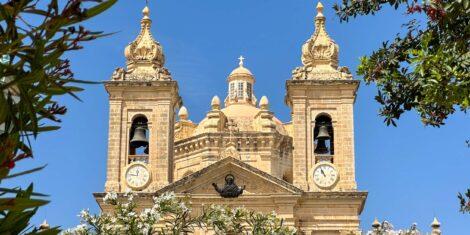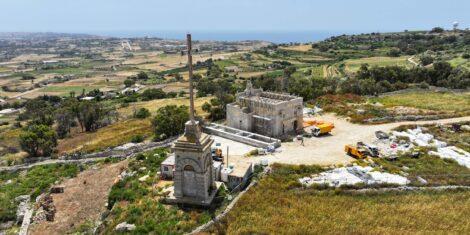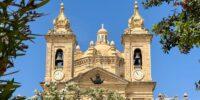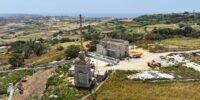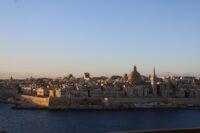Malta, being an island, has no shortage of shipwreck stories. The most famous is that of St. Paul’s shipwreck, that the Bible recounts. The saint supposedly resided in what is now known as St. Paul’s Grotto in Rabat. But mystery still shrouds the small cave today. It is a place for worship, but a place for healing too. Could this Grotto be the source of miracles?
After the alleged shipwreck on the islands in 60 A.D it was believed that St. Paul stayed in the grotto under the Basilica of St. Paul in Rabat. Paul was on his way from Crete to Rome to face trial. At the time, Christians were undergoing the Neronian persecution. The episode in the Bible describes a turmoil filled journey and stay in Malta. But after an incident with a snake bite, the Maltese accepted St. Paul as holy. Years following his shipwreck, the site became one of the first locations for Christian worship in Malta. Today, it is a curated experience that you can visit.

Visiting St. Paul’s Grotto
Attached to the side of St. Paul’s Basilica is the St. Publius Church in Rabat. You can enter the grotto from either the stairs leading straight down to it in the Church. Alternatively, you can go through the Wignacourt Museum on the right hand side of the church. Go down through the catacombs.
The catacombs are an interesting addition to the story of the grotto and the supposed arrival of Christendom in Malta. In the Roman Empire burial on open ground was forbidden. Yet the early Christians did not believe in cremation and so they did what other religious groups under the Empire did. They introduced burial in underground vaults. These are of course the catacombs. These same places would simultaneously serve as a place to perform rituals and masses in hiding. It is assumed that underneath Rabat there are miles and miles of catacombs that are to this day potentially unexplored.
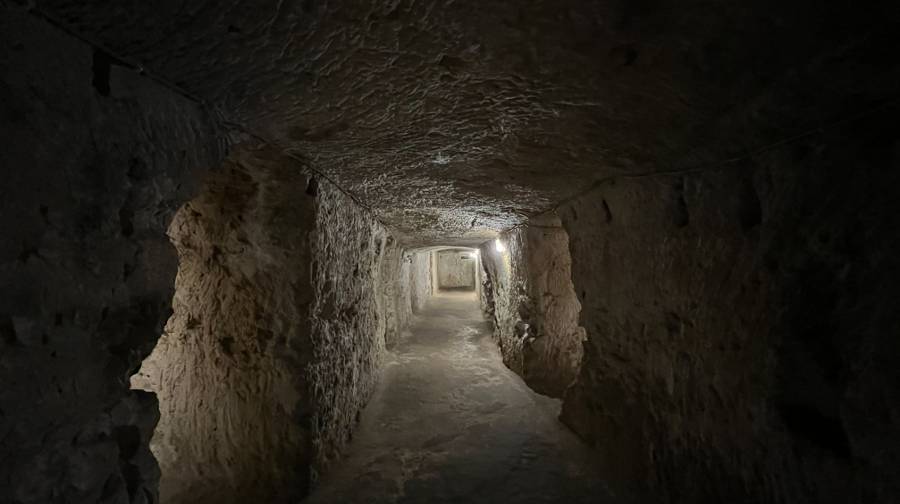
The Curing of St. Publius’ Father
The grotto’s healing powers descend from miracles performed by Paul. In the Bible a man named Publius was described as “the chief man of the island”. He had a sickly father. When Paul cured his father from fever and dysentery, Publius was in awe. Legend has it that Publius eventually converted and became the first bishop and saint of Malta. He was martyred during Emperor Hadrian’s persecution of the church.
The Curing Power of St. Paul’s Grotto
The islands are definitely not alien to superstition, but this is an interesting combination of spiritual faith and legend. For a long time the grotto was said to have curing powers for several reasons. Some of them probably came from the story of Publius. The belief that Paul stayed there itself made the whole grotto into a ‘third class relic’. This meanis that it is an object that has been touched by a saint.
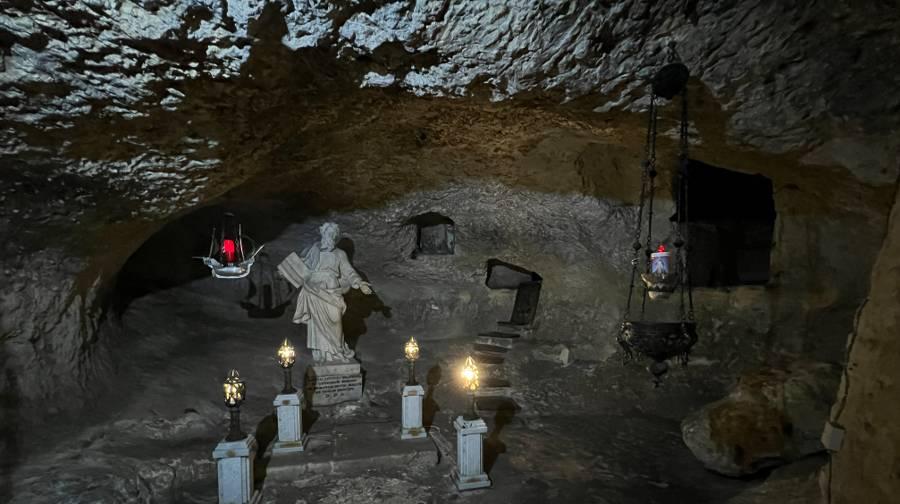
Visitors, explorers and collectors used to come to the grotto and scrape pieces of stone out of it. Eventually, so did the Knights of the Order of St. John. Seeing the growing cult popularity of it, they used the stone to make their own sigil-type relics. They would serve as gifts various important visitors and diplomats.
Apart from these relics, it was also documented that sometimes Christians who believed in the healing powers of this stone, would grind the rock from the grotto to create a drinkable potion which they believed would cure illnesses. At the same time, it is believed that even though this has been going on for centuries the grotto is still the exact same size.
